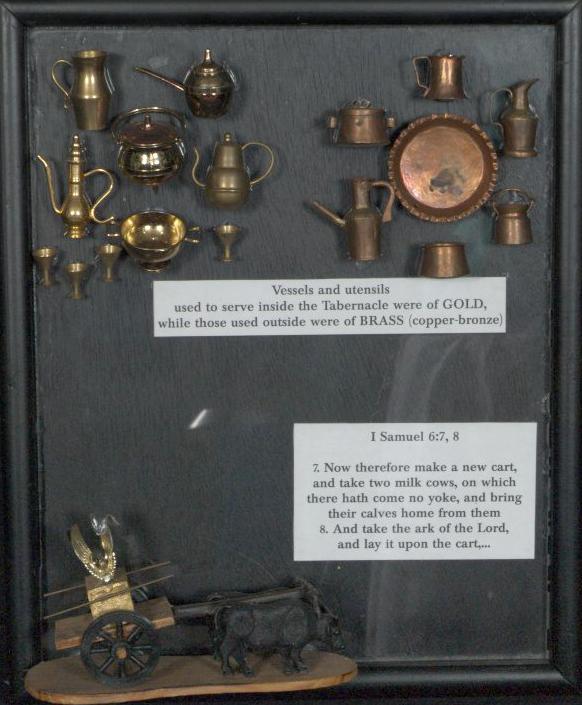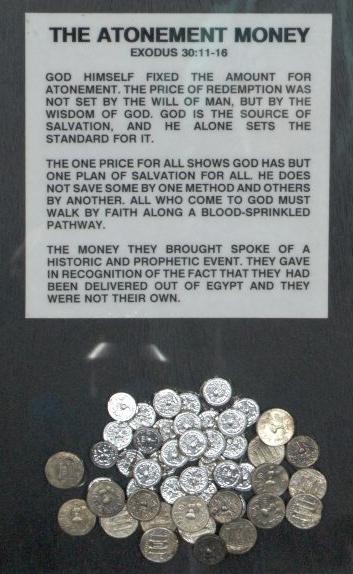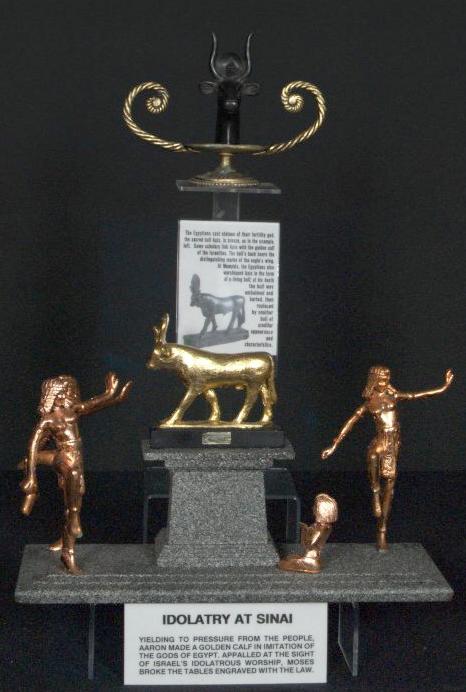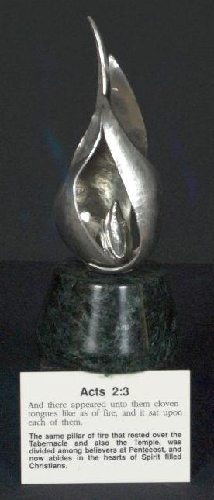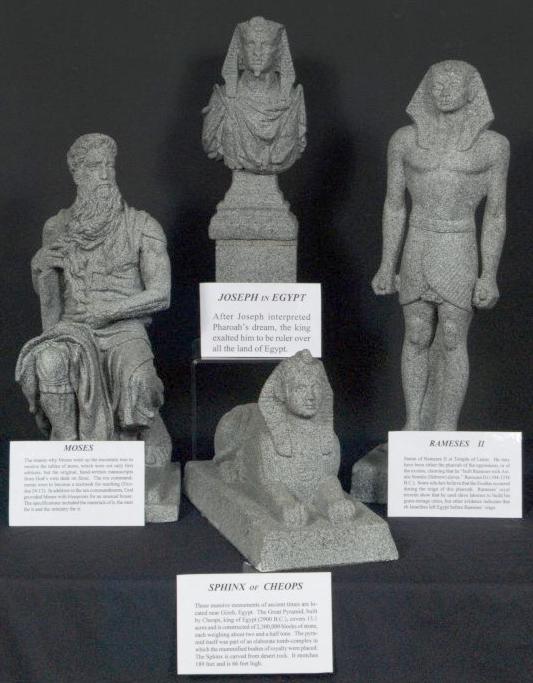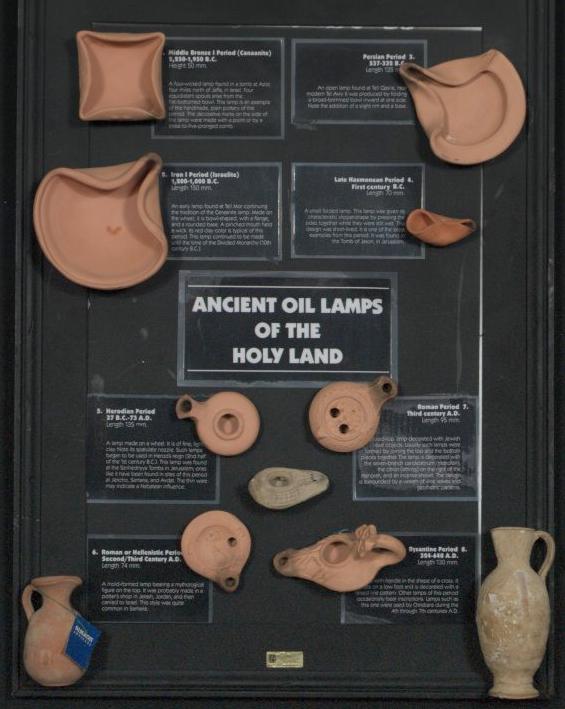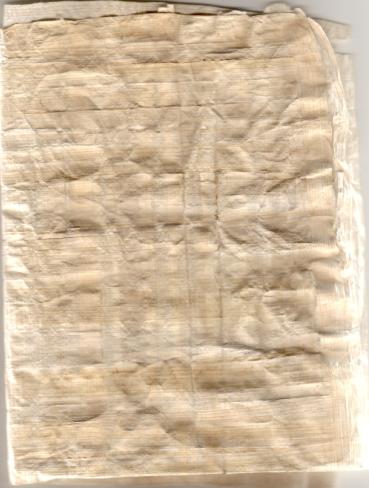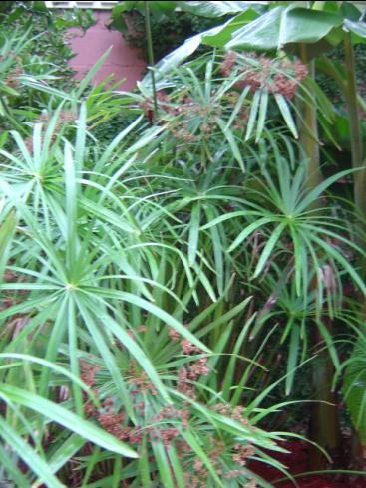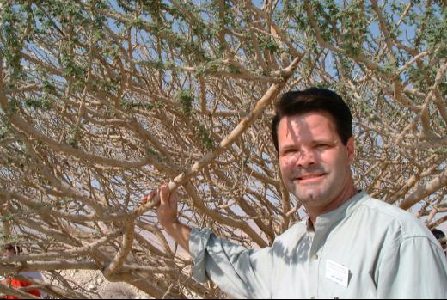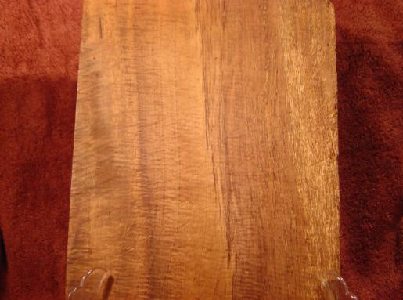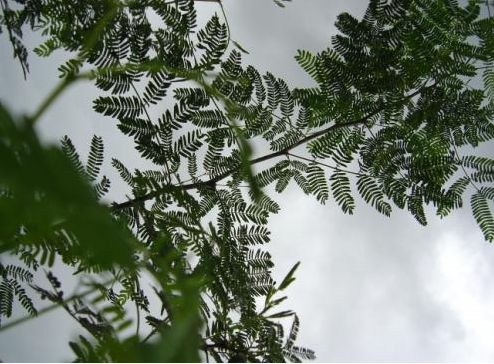| Ark of the Covenant for Sale,The tabernacle,Old Testament,Most Holy Places,Golden Candlestick,Shewbread,Veil,Ark of the Covenant,Mercy Seat,Menorah,Altar of Incense,Brazen Altar,Solomons Temple,Dome of the Rock,Noah's Ark,1904 World Fair,Banners for sale,Ark of the Covenant for Sale,Biblical Artifacts,Ark of the Covenant | |||||||||||||||||||||||||||||||||
 |
|||||||||||||||||||||||||||||||||
 |
|||||||||||||||||||||||||||||||||
| [General] [Coins] | |||||||||||||||||||||||||||||||||
|
Informative Exhibit PiecesContentGold, Silver, Brass | Vessels and Utensils | Atonement Money | Idoltry at Sinai | Cloven Tongues | Fish and Fruit Basket | Fruit of the Promise Land | Food of Egypt | Moses | Rameses II | Sphinx of Cheops | Ancient Oil Lamps of the Holy Land | 2000 B.C. First Writing Paper | Linen Processing | Shittim Wood Gold, Silver, BrassBack to topVessels and UtensilsBack to topAtonement MoneyBack to topIdoltry at SinaiBack to topCloven TonguesBack to topFish and Fruit BasketBack to topFruit of the Promise LandBack to top
Food of EgyptBack to top
Joseph in EgyptBack to topAfter Joseph interpreted Pharaoh's dream, the king exalted him to be Ruler over all the land of Egypt. MosesBack to topThe reason why Moses went up to the mountain was to receive the tables of stone, which were not only the first editions, but the original hand-written manuscripts from God's own desk on Sinai. The Ten Commandments were to become a textbook teaching (Exodus 24:12). In addition to the Ten Commandments, God provided Moses with blueprints for an unusual house. The specifications included the materials of it, the men for it and the ministry for it. Rameses IIBack to topStatue of Rameses II at the Temple of Luxor. He may have been either the Pharaoh of oppression, or of the exodus, claiming that he "built Rameses with Asiatic Semitic (Hebrew) slaves." Rameses II (1304-1238 B.C.E.). Some scholars believe the Exodus occurred during the reign of this Pharaoh. Rameses' royal records show that he used slave laborers to build his grain-storage cities, but other evidence indicates that the Israelites left before Rameses reign. Sphinx of CheopsBack to topThese massive monuments of ancient times are located near Gizeh, Egypt. The Great Pyramid, built by Cheops, king of Egypt (2900 B.C.E.), covers 13.1 acres and is constructed of 2,300,000 blocks of stone, each weighing about 2 1/2 tons. The pyramid was itself part of an elaborate religious ritual complex. The Sphinx is carved from desert rock. It stretches 189 feet and is 66 feet high. Ancient Oil Lamps of the Holy LandBack to top2000 B.C. First Writing PaperBack to topPapyrus A plant-like reed or rush which grows in swamps and alonge rivers or lake, often to the height of 12 feet. Papyrus is a plant that grows in the Nile River in Egypt. Achient Egyptians found many uses for papyrus: bundeled reeds were made into boats, sleeping mats, shoes, and baskets were made from the stems; even the roots were burned for fuel. The most inportant use was in paper-making. When the stems were sliced,soaked and pressed untill dry,a durable paper is produced. Papyrus was the worlds first paper,introduced more than 2,500 years ago, and remained in use worldwide until pulp paper was introduced in the 12th. century. Linen ProcessingBack to topShittim WoodBack to top |
||||||||||||||||||||||||||||||||
|
Home |
The Tabernacle |
The Furniture |
The High Priest |
Service Vessels |
Informative Pieces |
Architectural Models
Copyright © 2005. Mishkan Ministries. All rights reserved. |
|||||||||||||||||||||||||||||||||



















